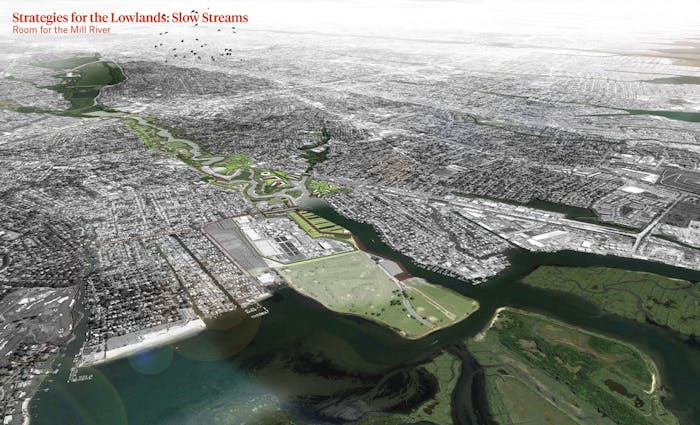The Team
Team Lead: Interboro Partners Infrastructure Engineering: Apex Urban and Landscape Design: Bosch Slabbers Infrastructure Engineering: Deltares Urban and Landscape Design: H+N+S Economics and Finance: IMG Rebel Education: Center for Urban Pedagogy Governance: David Rusk Academic Research Partners: New Jersey Institute of Technology (NJIT) Infrastructure Planning Program and TU Delft Faculty of Architecture Urban and Landscape Design: Palmbout Urban Landscapes Communication Design: Project Projects Community Building, Economics, Finance: RFA Investments
Source: Rebuild by Design

 11 Sustainable Cities and Communities
11 Sustainable Cities and Communities
 13 Climate Action
13 Climate Action